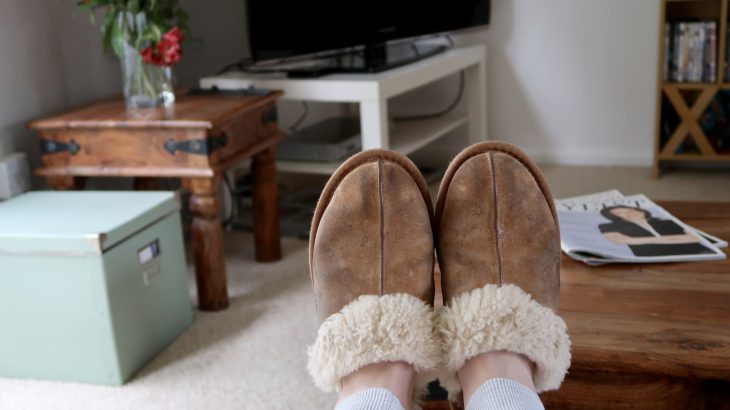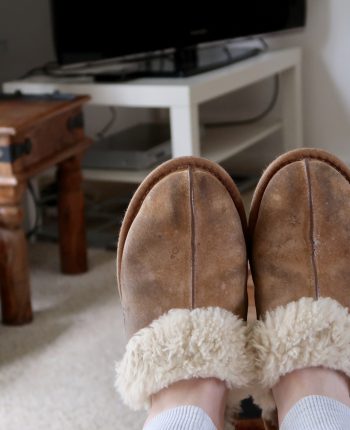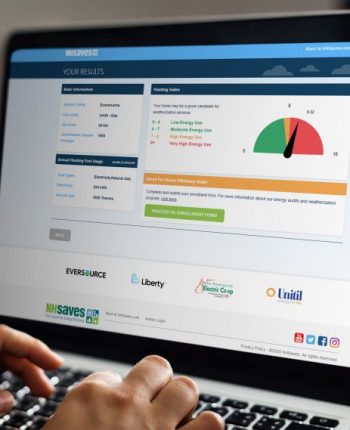
To many people, weatherizing their home is something to think about as winter approaches. But whether you’re making small improvements or renovating your home, taking steps to make your home more energy efficient in preparation for the humid summer months is equally important.
With some basic improvements, you can keep the cool air in and the hot air out, reducing energy usage and improving comfort.
The first step is to determine your home’s efficiency. Start by testing your home to gauge its energy usage. A home energy audit can provide a comprehensive assessment of your home’s energy consumption and offer recommendations for cost-effective changes you can make, such as:
1. Best Practices for Renovations and New Construction
The best time to ensure your home is sealed tight is during new construction and renovations. This is when you want to work with your contractor to make certain your heating and cooling ducts are tightly sealed, that high-performance, energy-efficient windows are installed and that the construction is airtight, with no unintended gaps in the building envelope that allow air to leak in or out of the home.
2. Insulate and Ventilate the Attic
The attic gets hot in summer, and all that hot air will suck money out of your pocket by forcing your air conditioner to work overtime. Even if you already have insulation between the rafters, add a layer of unfaced fiberglass. Also, consider installing a whole-house fan to keep air circulating.
3. Seal Air Leaks
Hot air that seeps through doors, windows, walls, chimneys, electrical lines and plumbing pipes can increase energy usage by 30 percent. Air sealing with caulking and weather-stripping will give the house a tight envelope. Sealing around windows is especially effective when you’re running air conditioning. Also, make sure window air conditioners are properly installed and sufficiently sealed so that you’re not allowing hot air inside.
4. Install a Smart Thermostat
When you’re not at home, program your thermostat to a temperature as high as comfortably possible, which will greatly reduce wasted electricity while maintaining a level of comfort for when you return. These ENERGY STAR® guidelines will walk you through the process of how to best operate your smart thermostat.
5. Upgrade Lighting
Install LEDs (light emitting diodes), which consume less energy and burn cooler than standard incandescent light bulbs
6. Block Rooms from Direct Sunlight
Blinds, shades and drapes will keep rooms cool even on the hottest of days. Strategic placement of room-darkening shades or drapes on the sunniest side of the house will keep interior temperatures stable.
7. Install Ceiling Fans
In summer, set fans to move air downward to create a current that moves down and out, which then sends air back up along the walls. This creates a sense of coolness due to wind chill because cool air naturally pools near the floor while hot air rises—the blades redistribute the already-cool air near the floor up to a level where you can actually feel it against your skin. To save energy, turn them off when you’re not in the room. Leaving the fan running adds heat from the fan motor and wastes energy.
8. Upgrade Appliances
ENERGY STAR certified appliances like refrigerators, dishwashers and clothes washers will typically increase energy efficiency when compared to using older appliances.
The good news is that even as you’re saving money on utility bills, you can qualify for rebates and incentives up to $4,000 with many of these home improvements. NHSaves, its utility partners at Eversource, Liberty Utilities, New Hampshire Electric Co-Op, Unitil and our authorized contractors can guide you through the best ways to save energy and money while keeping your home more comfortable and energy efficient all year long.
For more information on how to weatherize your home for summer, visit NHSaves Home Weatherization program.


